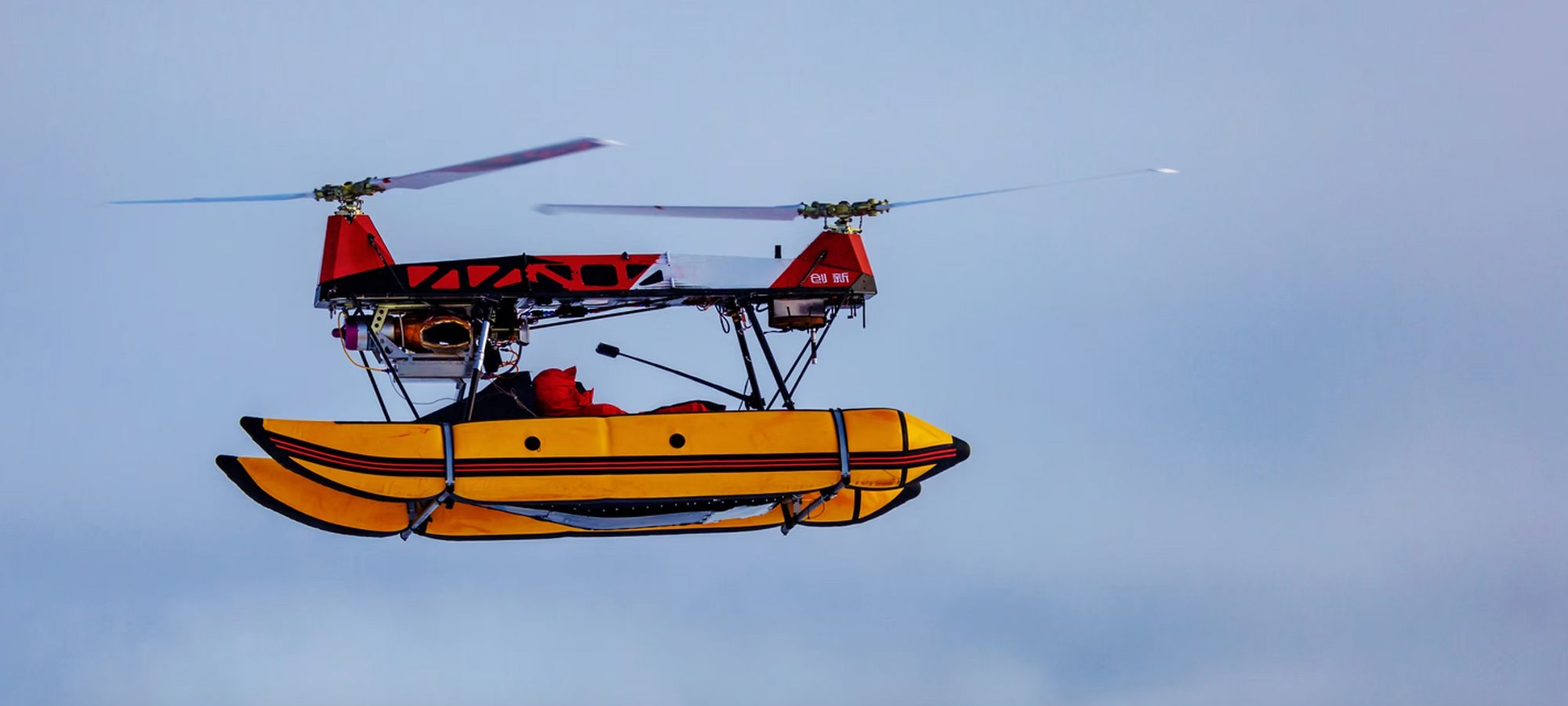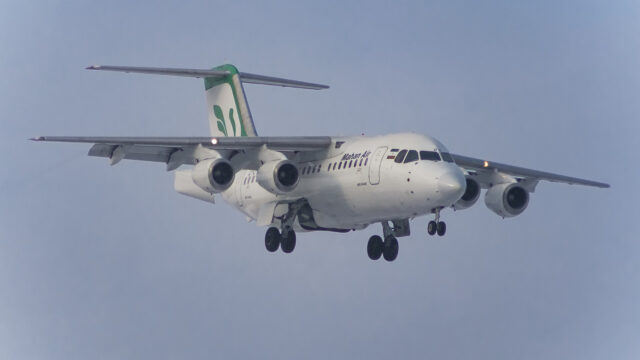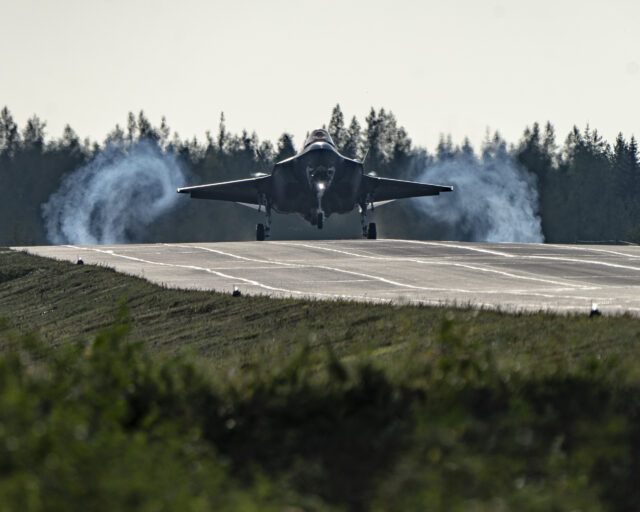Forget eVTOLS: It’s time to unpack the Janus-1 flying suitcase

October 17, 2025

With the sector racing to develop electric air taxis and personal drones, a new contender has made its way into the spotlight: the Janus-1, a modular, ultralight VTOL aircraft.
Developed by Chinese company X-Control System, the Janus-1 is an ultralight aircraft that aims to redefine what personal flying looks like. Compact and portable, it can fit in the back of a car, yet is powerful enough to fly up to two humans.
According to X-Control System, the Janus-1 series of reconfigurable personal aircraft surpasses current electric vertical take-off and landing (eVTOL) designs in portability and convenience. “It offers an entirely new personal air transportation experience.”
What do we know about the Janus-1?
Nicknamed the “flying suitcase” and featuring a high-strength carbon fibre cockpit, the Janus-1 is a small, lightweight and modular aircraft. It has been designed to support crewed and uncrewed operations for a variety of missions.
Featuring a turboshaft engine, the core module weighs just 70kg, yet it can carry a maximum payload of 200kg with a flight time of 30-40 minutes at a cruising speed of 100km/ h. The aircraft is powered with Jet A, kerosene or diesel fuel.
The aircraft’s maximum take-off weight is 270kg and has a maximum airspeed is 160km/h. The service ceiling is over 6,000m. X-Control System also claims the aircraft has good wind resistance and can handle wind strength grades of around 7-8.

What’s more, when combining the Janus-1’s 70kg weight with its ultra-compact volume of 0.468m3, it can be easily stowed away in the boot of a car and transported between locations.
A vertical take-off and landing (VTOL) aircraft, the Janus-1 uses multiple rotors to generate lift. When not in use, the foldable flying arms and other parts tuck inwards, and the cockpit folds up, making it compact and easy to fit in a car.
Its modular design means that different modules can be attached, so it can be deployed for a variety of missions, including crewed flight for one to two people, cargo, rescue or uncrewed operations.
foldable flying suitcase can take off as one-seater VTOL aircraft and land on water as boat https://t.co/V6SRyo0GQ6 pic.twitter.com/Bv4MLDgWtU
— designboom (@designboom) October 16, 2025
The Janus-1 also has water landing capabilities thanks to the option to add floaters to either side of the aircraft. This further opens up its use in remote or maritime activities and rescue missions where runways might not be available.
The team at X-Control System has tested the aircraft in regions including the Himalayas and the Arctic, to demonstrate how it performs in high altitudes, cold air and tough conditions.
Why is no license required for the Janus-1?
The Janus-1 uses a fly-by-wire system that replaces conventional manual flight controls with an electronic interface, so there are no mechanical parts connecting the controls to the engine and wings. As an ultralight aircraft, it can be operated without a pilot’s license or formal certification and pre-approved flight routes.
X-Control System says, “No flying experience? Not a problem. Janus-1 is easily controlled and suitable for everyone who weighs less than 150kg.
nifty little autonomous suitcase helicopter https://t.co/24ctnu3ghG pic.twitter.com/CsnJmk3CFH
— Star Simpson (@starsandrobots) July 27, 2025
However, one general aviation pilot speaking at Oshkosh 2025 in July said: “Not being able to have physical control is a little bit weird… But we have fly-by-wire systems on commercial aircraft, so there’s nothing to say it can’t be designed and work safely.”
Featured image: Janus-1/ X-Control System


















